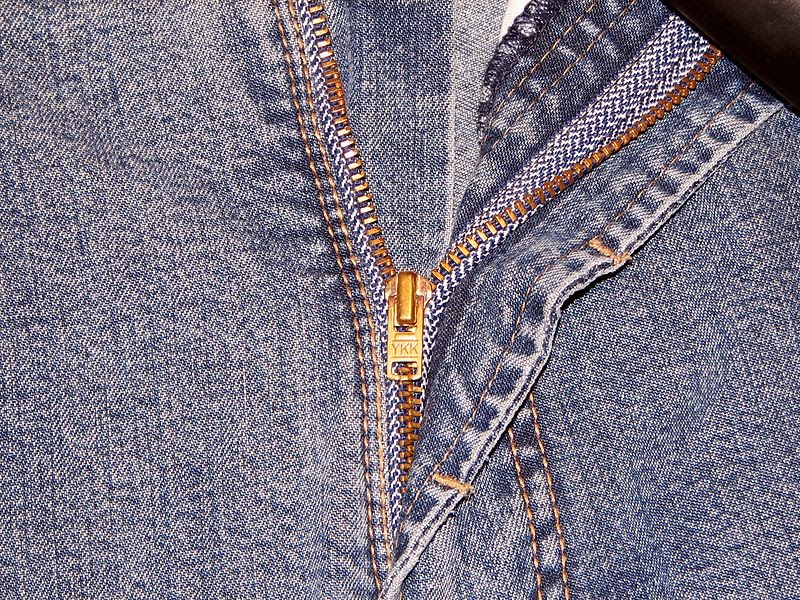 Contemporary Theatre Review
Contemporary Theatre Review
Volume 23, Issue 1, 2013, pages 11-15
Published online: 18 Mar 2013
DOI: 10.1080/10486801.2013.765102
Dan Rebellato
Department of Drama and Theatre
Royal Holloway
University of London
Three cheers for booing! C’mon people, put your hands together for the little bit of theatre you love to hate!
It’s about time booing got a round of applause - usually booing is jeered off the stage. Plato in The Laws
observes a change from silently respectful audiences to the noisily opinionated audience of his own time,
referring to ‘catcalls and uncouth yelling’. These baying crowds, he suggests, by privileging their own pleasure over the purity and refinement of musical form, have established a ‘theatrocracy’, a mob relativism about artistic standards which will lead in turn to the disre-gard of laws and parental authority, a slow decline into moral chaos, and ‘a wretched life of endless misery’.
[...]
Booing isn’t empty, and even if it could be ejected from the theatre, which it can’t, should be cheered, because booing is a moment where the audience represents the theatre to itself by dramatizing and drawing attention to the fault-lines of performance. It is a kind of liminal activity that throws theatre into sharp relief and asks profound questions about performance. Booing troubles the edges of theatre. Is it a response prompted legitimately by performance and therefore contained within it? Or is it a disruption of performance from performance’s outside? Booing is theatre at its most philosophical and its most theatrical.
http://www.tandfonline.com/doi/abs/10.1080/10486801.2013.765102
Monday, 18 March 2013
Booing






Tuesday, 12 March 2013
Significant changes in the skin microbiome mediated by the sport of roller derby
 PeerJ 1:e53
PeerJ 1:e53
2013-03-12
http://dx.doi.org/10.7717/peerj.53
James F. Meadow [1], Ashley C. Bateman [1], Keith M. Herkert [1,2], Timothy K. O’Connor [1,3], Jessica L. Green [1,4]
[1] Biology and the Built Environment Center, Institute of Ecology and Evolution, University of Oregon, Eugene, OR, USA
[2] Oregon Health & Science University, Portland, OR, USA
[3] Department of Ecology and Evolutionary Biology, University of Arizona, Tucson, AZ, USA
[4] Santa Fe Institute, Santa Fe, NM, USA
Abstract
Diverse bacterial communities live on and in human skin. These complex communities vary by skin location on the body, over time, between individuals, and between geographic regions. Culture-based studies have shown that human to human and human to surface contact mediates the dispersal of pathogens, yet little is currently known about the drivers of bacterial community assembly patterns on human skin. We hypothesized that participation in a sport involving skin to skin contact would result in detectable shifts in skin bacterial community composition. We conducted a study during a flat track roller derby tournament, and found that teammates shared distinct skin microbial communities before and after playing against another team, but that opposing teams’ bacterial communities converged during the course of a roller derby bout. Our results are consistent with the hypothesis that the human skin microbiome shifts in composition during activities involving human to human contact, and that contact sports provide an ideal setting in which to evaluate dispersal of microorganisms between people.
https://peerj.com/articles/53/
http://www.ncbi.nlm.nih.gov/pmc/articles/PMC3628844/






Friday, 1 March 2013
First report of family infestation with pubic louse (Pthirus pubis; Insecta: Anoplura: Pthiridae) in Iran – a case report
 Tropical Biomedicine 30(1): 152–154 (Mar 2013)
Tropical Biomedicine 30(1): 152–154 (Mar 2013)
Dehghani, R. [1], Limoee, M. [2] and Ahaki, A.R. [3]
[1] Environment Health Department College of Health, Kashan University of Medical Sciences, Kashan, I.R.
Iran
[2] Dept. of Public Health and Research Center for Environmental Epidemiology, Kermanshah University of
Medical Sciences, Kermanshah, I.R. Iran
[3] Dept. of Environment Health, Kashan University of Medical Sciences, Kashan, I.R. Iran
Abstract
The sucking lice including the head, body and pubic louse infest humans and so they are of high hygienic importance. Pubic lice are transmitted during sexual contact in adults. Thus, infestation of children with pubis louse is very rare. A case of infestation with pubic louse (Pthirus pubis) in a family in Kashan was seen. On examination of family members, the parasites were collected and observed under the light microscope. Infestation of eyelashes with P. pubis lice was confirmed. Since this parasite can be observed on the skin, infestation with this louse has always been one of the concerns of human communities. Pthiriasis has frequently been reported in many parts of the world; however, there are few reports on this infestation in Iran, especially familial infestation with this louse. Hence, this article could be the first report on the familial infestation with P. pubis in Iran and it can be suggested that infestation with pubic lice occurs in sporadic form in all over the country.
http://www.ncbi.nlm.nih.gov/pubmed/23665721





